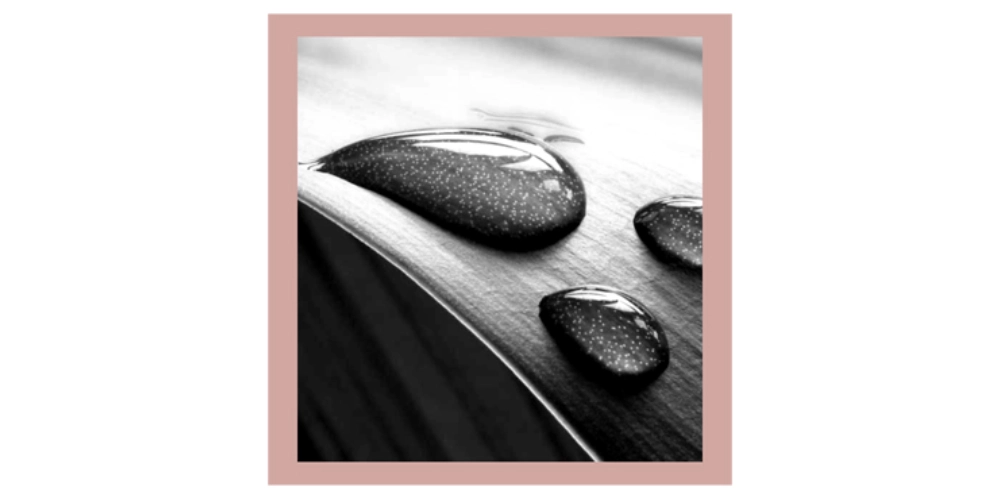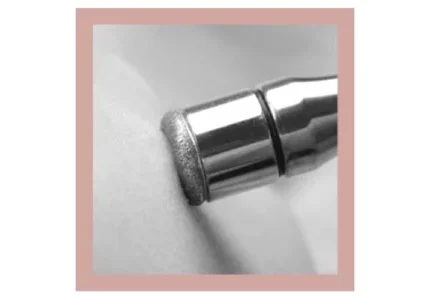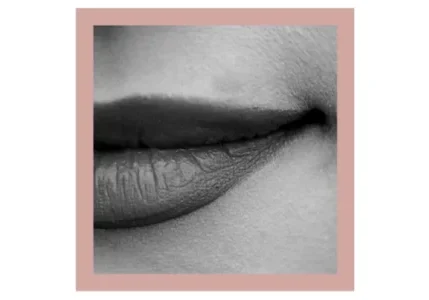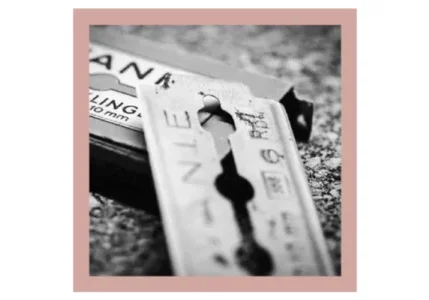What Is The Best Facial Treatment?

It is almost impossible to avoid age-related changes that lead to a loss of elasticity of the skin and face. But there are procedures that can help minimize the appearance and intensity of these changes. One of the premiere salon procedures that can help fight this is called microdermabrasion.
What is Microdermabrasion
Microdermabrasion is performed using special compact device that uses microscopic crystals that have a cleansing and exfoliation effect on the skin. It was originally used to exfoliate facial skin in order to improve its elasticity and structure. The procedure is often used to correct fine wrinkles near the eyes and around the mouth as well as of neck. It can help smooth the skin and reduces the appearance of age-related changes. During the procedure only the surface layer of the skin is directly affected, so it is safe and tolerable for many types of skin. As a result, not only are dead epidermal cells removed, but also a number of other positive changes occur:
Microdermabrasion is effective and can be used to treat defects on the body such as:
- Scarring
- Stretch marks
- Skin pigmentation
- Acne marks
It is also shown to help improve the following things such as:
- Microcirculation in small subcutaneous vessels.
- Blood flow
- The influx of nutrients and oxygen molecules
- Metabolic reactions are activated
Microdermabrasion for hyperpigmentation is not always effective. It is possible to treat dark spots on the face by microdermabrasion only if the pigment substance is in the surface layer of the skin. Deeper pigmented spots cannot be removed by surface exfoliation.
In the end, microdermabrasion leads to increased cell regeneration and to an improved production of collagen fibers. Microdermabrasion increases the elasticity of the skin, makes it softer, reduces enlarged pores, and reduces the severity of fine wrinkles. The procedure can be used at any age and skin type.
Despite it being noninvasive, microdermabrasion should be carried out by a skin care professional, as an experienced professional knows how direct application is required and where it is necessary to be more delicate.
Types of Microdermabrasion
Microdermabrasion, depending on the abrasive material used during the exfoliation procedure, is divided into three categories:
- CRYSTAL. During this procedure, powdered crystals of aluminum dioxide are used. They are applied with a pressure nozzle onto the surface of the skin which exfoliates the epidermis and then are suctioned off by a vacuum device.
- DIAMOND. This procedure uses a wand with a small nozzle head containing small diamond chips. Compared to crystalline, diamond microdermabrasion is considered “softer” and therefore is often used in more sensitive areas.
- COMBINATION. This is a combination of aluminum dioxide and oxygen. Due to the oxygen molecules, the effect of aluminum crystals on the skin is significantly “softened”. This type of microdermabrasion has an antibacterial effect and the recovery period of the skin is reduced.
The type of procedure that is best for your skin is something that must be selected with the help of your skin care professional, taking into account the type of skin and it’s condition.
VISIT ANNAZUR ORGANIC SPA
Does Microdermabrasion Hurt?
Diamond microdermabrasion is absolutely painless and does not require time for recovery. At the end of each session redness in the face is absent. The skin will become soft and velvety. For the best results, 3-5 treatments are recommended at 5-7 day intervals. Each time, the skin will regain lost elasticity and smoothness. If the goal of the procedure is to eliminate deeper wrinkles then the number of treatments should be increased to 6-7. There are no age restrictions when using this procedure.
Dermabrasion vs Microdermabrasion
Dermabrasion and microdermabrasion are similar techniques for resurfacing the face. Both of these techniques are used to remove dead cells using abrasive materials. But they have a fairly significant difference.
Microdermabrasion involves the removal of only the surface layer, whereas in dermabrasion the depth of exposure extends to the lower layers of the skin.
These two procedures differ in the length of the recovery period and preparation for application. Some dermabrasion methods require a more intense preparation and careful care in the recovery period. Immediately after the procedure, redness and inflammation appear on the face, which has a longer healing time. This is not the case with microdermabrasion which affects the face more delicately. After the first visit to the salon, the patient can safely return to his usual activities. The skin after the session looks normal and never red or swollen.
Therefore, dermabrasion is considered a more aggressive treatment and requires a highly qualified specialist whereas microdermabrasion can be preformed by a trained esthetician. Similar procedures are performed by plastic surgeons or dermatologists who have the appropriate certification.
Advantages of Microdermabrasion
In comparison to other types of facials the results are almost immediately noticeable and will intensify for several days after the session. The main goal of the procedure is to restructure problem areas that will trigger regeneration processes in the body. The pores will begin to secrete more sebum, which will remove the dirt on the surface of the epidermis. In view of this, experts advise to undergo a course of mechanical face cleaning after microdermabrasion to consolidate and enhance the effect.
Some of the main advantages are the following:
- A painless procedure that is convenient and quick. When it’s over the patient can immediately resume ordinary activities.
- A large list of benefits that is indicated by cosmetologists for acne, keratosis, scars, the first signs of aging and age spots.
- Accessibility. This service is offered in many salons.







